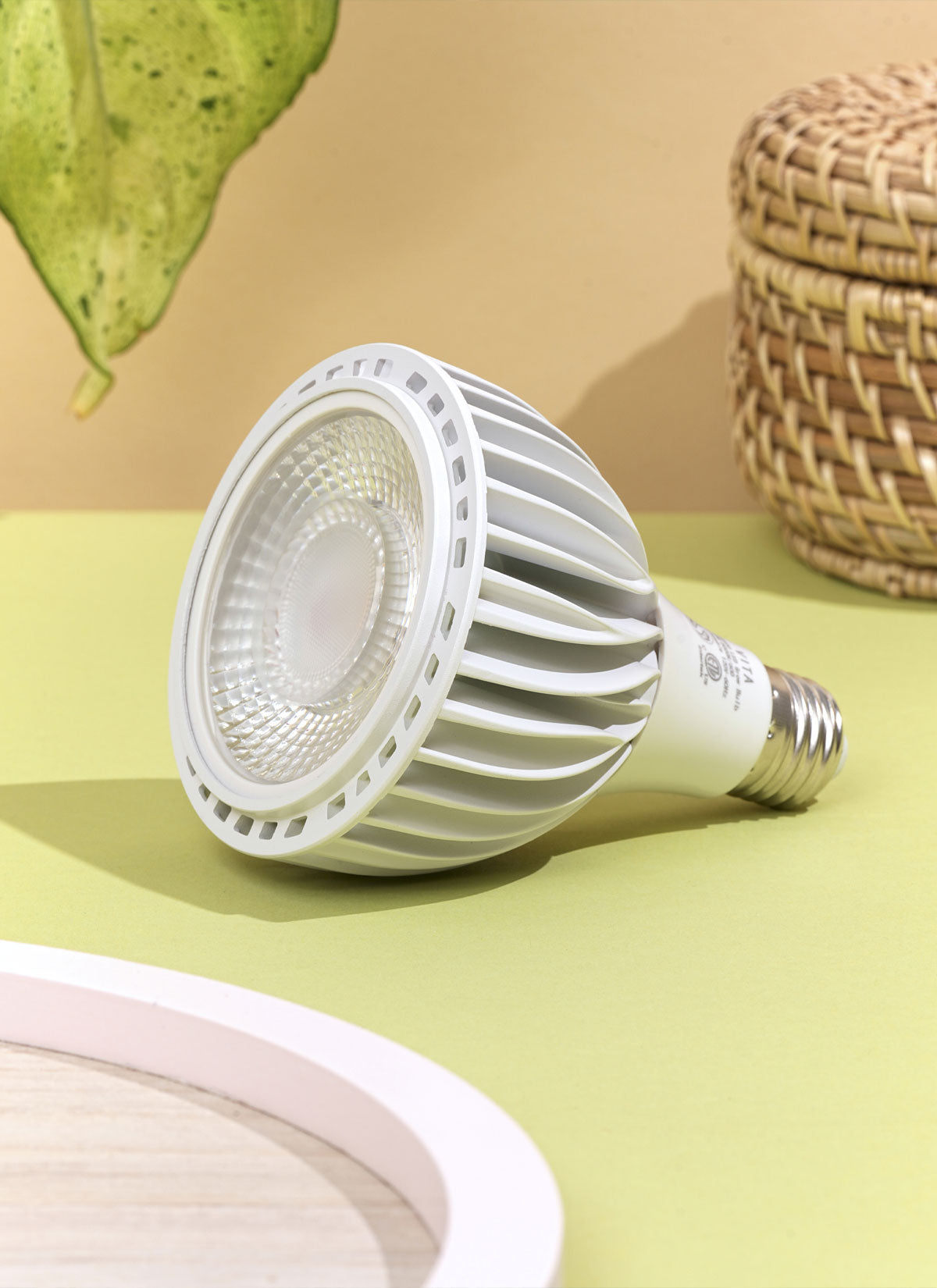Quick Tip: Water until water comes out of drainage holes. Allow soil to completely dry between waterings. This plant prefers distilled water.
Venus flytraps require a special method of watering. These plants do well in an environment with high humidity and consistently moist soil. It's important to simulate their natural environment, which includes giving them access to clean water or rainwater. Use bottled water instead of tap water to protect the delicate roots from minerals and contaminants. To avoid wetting the leaves, watering should be done from the bottom rather than from the top. Place the potted Venus flytrap in a tray filled with rainwater or distilled water, and then wait for the plant to absorb water for around 30 minutes through the drainage holes. Then, to avoid waterlogging, remove the extra water from the tray. It's essential to keep a close eye on the soil's moisture and make sure it's constantly humid but not waterlogged because too much moisture can cause root rot. Depending on the external factors and the plant's requirements, adjust the frequency of watering, constantly aiming to maintain the ideal moisture balance for wholesome growth and successful operation.




















